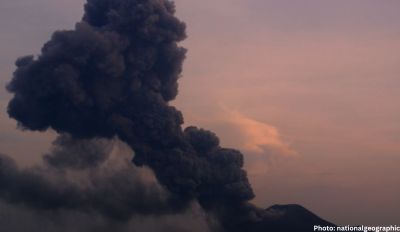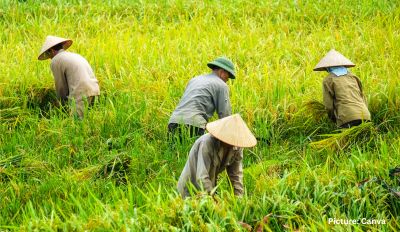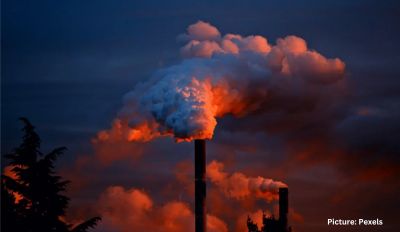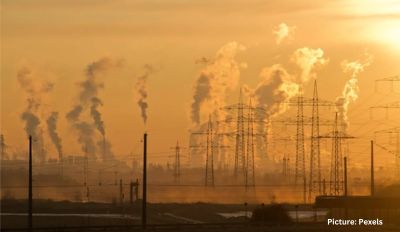More than 62 million South Asian people will be forced to migrate from their homes due to climate disasters by 2050, a new study revealed on Friday
According to the study conducted by ActionAid International and the Climate Action Network South Asia, political failure to limit global warming to below two degrees Celsius, as per the Paris agreement goal, is already driving 18 million climate migrants from their homes in 2020.
The analysis estimates climate migration will treble in South Asia alone, a region badly affected by climate disasters, including floods, droughts, typhoons and cyclones.
The research was undertaken by Bryan Jones, one of the authors of the inaugural Groundswell Report on internal climate migration in 2018.
The new research released this International Migrants Day has broadened the analysis to incorporate new drivers of climate migration, which include loss of biodiversity and up to date scenarios of sea level rises and global warming.
The report, “Costs of climate inaction: displacement and distress migration” assesses climate-fuelled displacement and migration across five the South Asian countries of Bangladesh, India, Nepal, Pakistan, Sri Lanka, and calculates a devastating likelihood of more than 60 million people being homeless and displaced by 2050 in South Asia alone.
This is almost as many people as are forced from their homes globally due to war and conflict, raising the alarm that climate can no longer be overlooked as a major factor driving displacement.
Climate migration could easily surpass conflict as a driving force of displacement if political leaders continue to renege on their commitments to reducing greenhouse gas emissions in line with the Paris Agreement.
Communities can be resilient to climate change, slow onset climate disasters, such as sea-level rise, drought, failed harvests and loss of biodiversity, but this takes money and political will.
The report by ActionAid and partners Climate Action Network South Asia and Bread for the World, calls for strong leadership and ambition from developed countries to cut emissions and support for developing countries to adapt to climate change and recover from climate disasters.
It recommends a holistic approach that places the onus on rich countries to provide support and urges developing countries to scale up efforts to protect people from climate impacts.
South Asia is particularly prone to climate disasters and has some of the highest levels of climate-fuelled displacement.
Harjeet Singh, global climate lead at ActionAid, told IANS: “We are facing melting glaciers in Nepal, rising seas in India and Bangladesh, cyclones and inhospitable temperatures. Climate change is increasingly forcing people to flee their homes in search of safety and new means to provide for their families.
“Rich countries need to take greater responsibility to reduce their emissions and support South Asian countries in cutting emissions and dealing with climate impacts. The human cost of inaction is too high.”
The research reveals that in all five countries, women are left dealing with the negative fallout from climate migration. They are left behind to take care of household chores, agricultural activities, look after children and elderly and manage livestock.
Women who migrate to urban settlements are often then forced to take up work in precarious settings where workers’ rights violations are rife.
Sanjay Vashist, Director, Climate Action Network South Asia, said: “South Asia is geographically vulnerable to climate disasters and is regularly lashed with floods and cyclones, but poverty and environmental injustice are also determining factors in this climate migration crisis.
“South Asian leaders must join forces and prepare plans for the protection of displaced people. They must step up and invest in universal and effective social protection measures, resilience plans and green infrastructure to respond to the climate crisis and help those who have been forced to move.”
Bryan Jones, Assistant Professor, Marxe School of Public and International Affairs, Baruch College said: “The work we have done here represents a deeper dive of the type Groundswell was meant to inspire, focusing the attention on to specific locations that are likely to experience major climate related disasters.
“The impact of sea-level rise, coupled with drought and heat-extremes will almost certainly drive families to consider alternative work, and our results suggest that for many this means moving to cities.
“The combination of environmentally sensitive livelihoods, population growth, and urbanization, in my opinion, will make South Asia one of the most active regions in terms of climate-induced migration.
“Additionally, because many of the largest and most important urban centres in the region lie in particularly vulnerable coastal areas, it is imperative that policy makers prepare for the likely influx of migrants.”
Climate Change Will Cause 62 Million South Asians To Be Forced To Migrate From Their Homes By 2050











